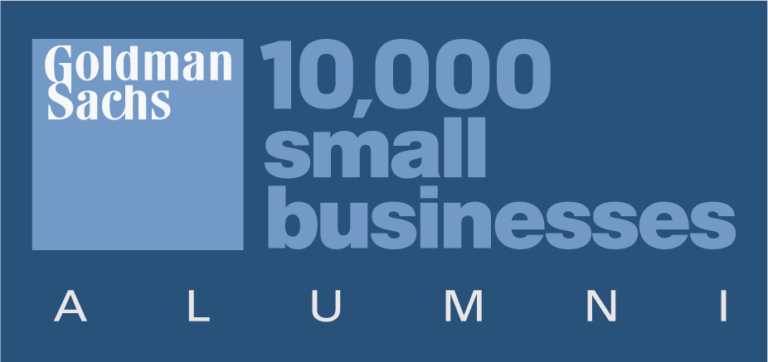How to get started with automated email campaigns

Email marketing is a fantastic way to nurture your audience, keep subscribers updated on your offers, and turn readers into buyers. While timely regular newsletters are a great place to start with your email marketing, we highly recommend you also take advantage of email automation.
After all, you don’t want new subscribers missing out on essential messaging. You also don’t want to manually re-write and re-send the same emails over and over again.
With the right set up, automated email campaigns can do some serious heavy lifting in the sales department while you sleep (or focus on other things you’re amazing at).
What are automated email campaigns?
Automated email campaigns involve sending out a set number of emails to your audience (ideally a specific segment) over a set timeline. Whatever email campaign you create, you only need to write the emails once and, once they’re set up, they will automatically be sent out gradually.
You may use automated campaigns to:
- Automate logistical and sales messages
- Nurture prospects when they join your list or take another action
- Recommend relevant products/services based on the individual’s actions
When to use automated campaigns
The opportunities to use automated email campaigns are endless. But, generally, you want to implement them wherever you can use replicated messaging to nurture a prospect and/or guide them further down your sales funnel.
For example, you might use an automated campaign when someone:
- Places an order
- Attends an event or signs up for a webinar
- Joins your email list for the first time
- Opts into a segment of your list by downloading a freebie
These are just a few of the possible scenarios where an automated campaign could be used.
Let’s dive a little deeper into a possible scenario:
Say someone registers for a webinar or event you’re holding. That action could then trigger a specific email sequence, which may look like:
- A confirmation that their registration is complete, along with information on what they can expect or how to prepare for the event.
- After the event, they could receive a follow-up email thanking them for attending and recapping any critical information. It might also include a call to action (e.g. reach out to work together).
- This may then trigger a “nurture” sequence that includes several emails to provide additional value to the subscriber. If you’re running a launch for a new program or service after the webinar, you may have a multi-email sales campaign that follows instead.
Welcome Sequences
We highly recommend having a well thought out welcome sequence for new subscribers. It should walk your readers through what your business is all about, give them insight into the different ways they can work with you, and provide value by linking to some of your other valuable resources.
Wherever possible, this sequence should be personalized based on how the subscriber joined your list. For example, if they downloaded a specific freebie, the freebie should be referenced. Then, try to incorporate instructions or further guidance on how to make the most of what they learn from that freebie.
By the end of the sequence, subscribers should feel well-acquainted with your business and know what next step to take if they’re ready to work with you. End with a strong call to action. You could guide them to a landing page or sales page, invite them to book a free consult, or tell them to check out another resource that further guides them through your funnel.
How to set up a drip campaign
The “grunt work” for automated email campaigns comes at the beginning. But remember: these campaigns will make your life easier in the long run (and, if you set them up strategically, will do great things for your return on investment!).
Here’s how to get started:
- Write your emails: Plan the content of your emails so they’re consistent with your brand. Make sure they thoroughly align with the goals you want to achieve with this campaign.
- Choose the trigger for your campaign: What action(s) will your campaign be based on?
- Identify your audience: Which people will your campaign be sent to? Will it be sent to everyone on your list or only those who take a specific action/fit a certain segment?
- Slot in your emails and adjust the triggers between them: Load your emails onto your email marketing provider and adjust how the emails are spaced out in the sequence (if there are multiple emails). Do you want the emails to go out based on a certain amount of time or when the reader takes a specific action (like clicking a certain link)?
- Measure and adjust your campaign: Take note of how your campaign performs over time. Monitor your open, click, and conversion rates between your different audiences. With this data in mind, you can find ways to improve your emails’ copy, design, calls to action, and more.
Once you have your campaigns set up, the hard work is done! These emails should require very little interference from you until you need to adjust the content or strategy of the campaign.
Want a hand getting your automated email campaigns up and running?
Email campaigns are a powerful way to leverage automation without losing out on personalization. But they require some effort to set up. If you need a hand, our left brain-right brain combo is here to help you make the most of them.
We can help you set up your list segments, think through your email strategy, adjust your triggers, and make sure your automated drip campaigns are ready to roll.
Give us a shout to set up a free consultation.






